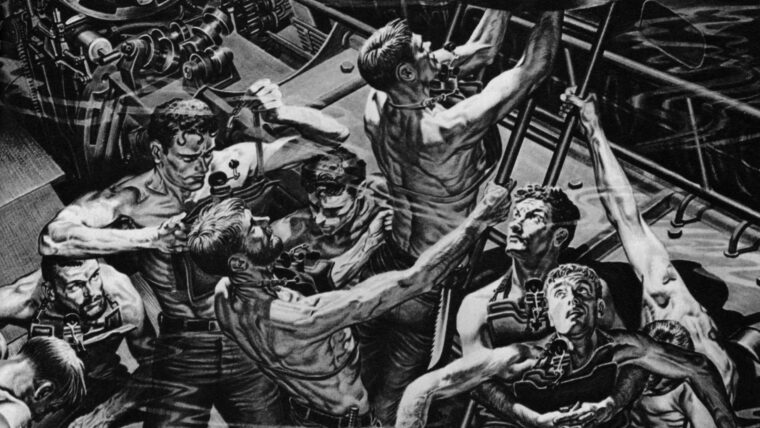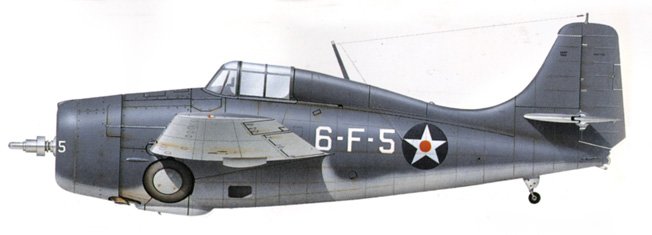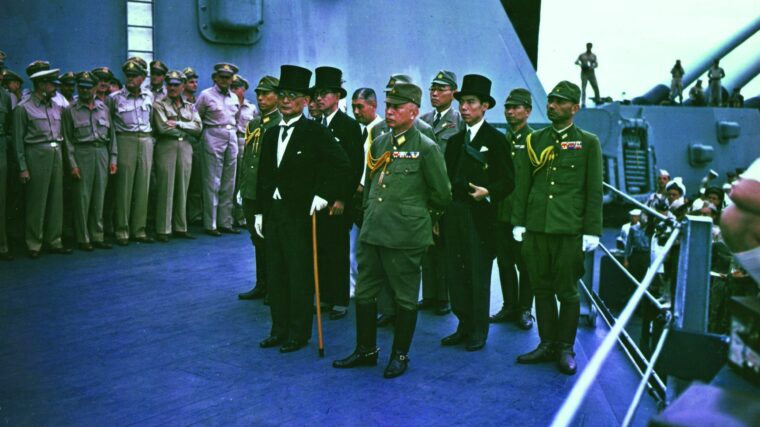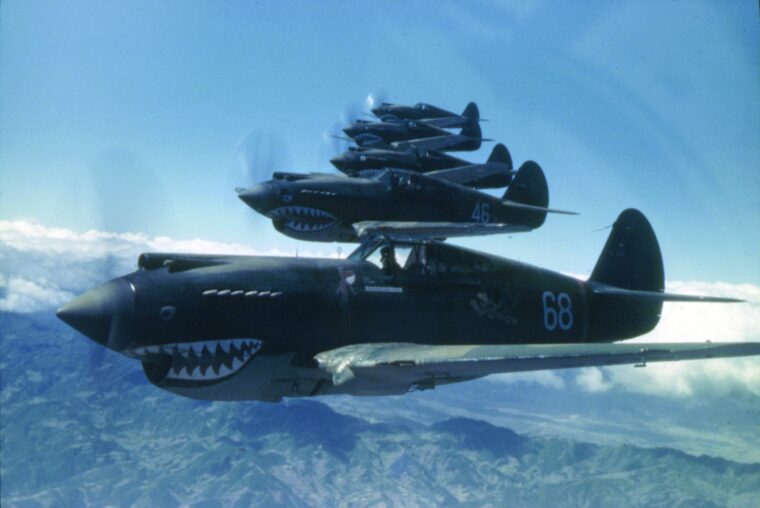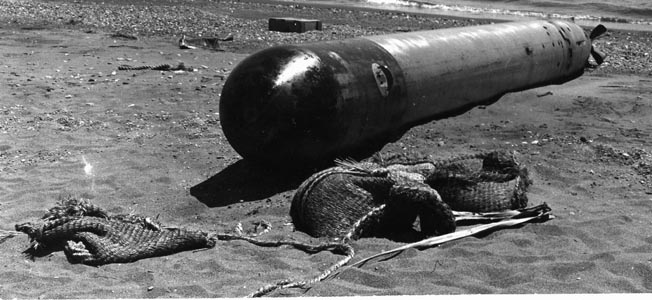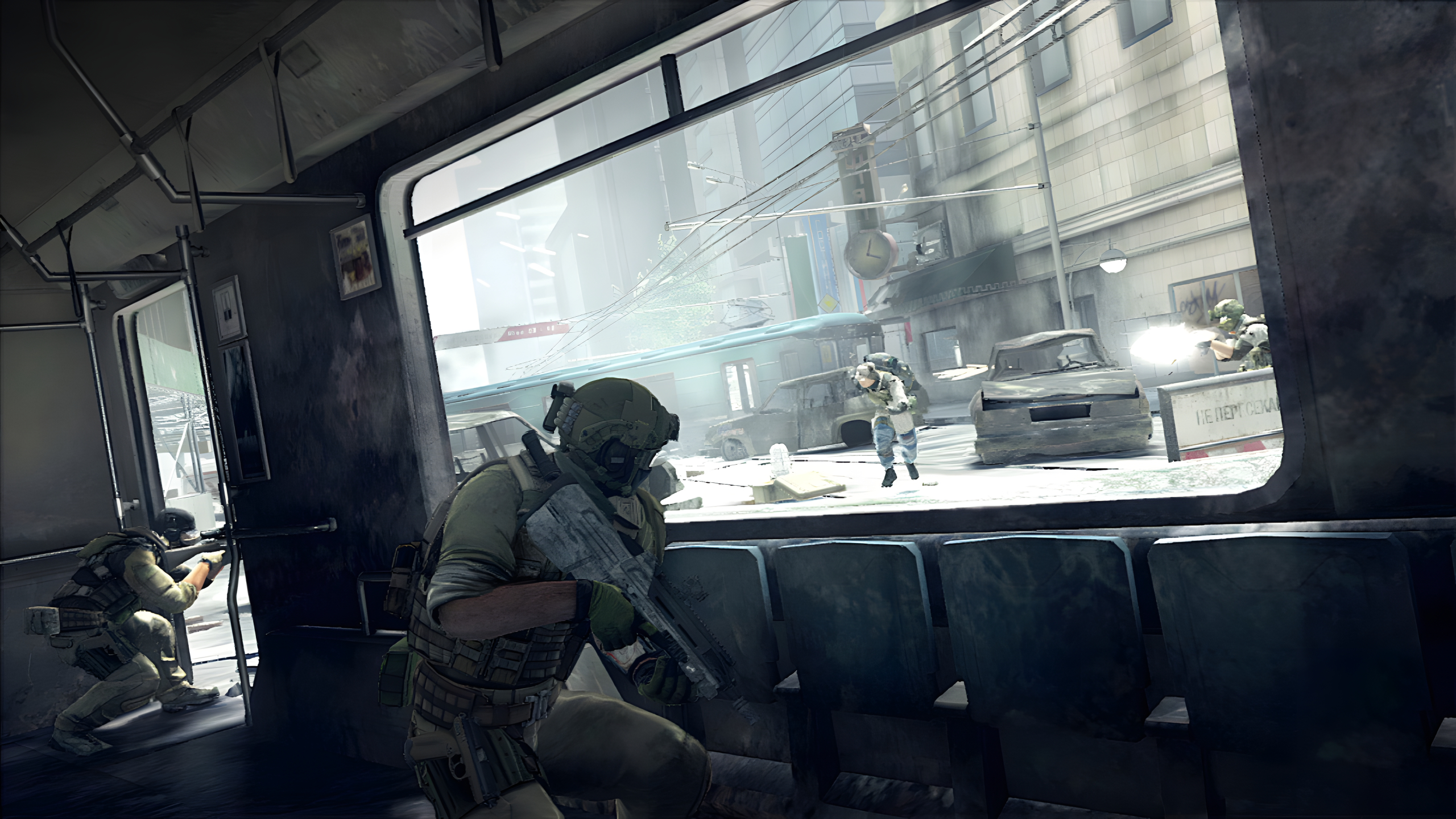Japan
Perilous Rescue of the SS Cape San Juan
By Eric NiderostThe giant Martin PBM-3R “Mariner” landed with a kind of swanlike grace, its stubby bow parting the waters, transforming them into a series of white and foamy ripples that radiated from the seaplane’s wake. Read more





